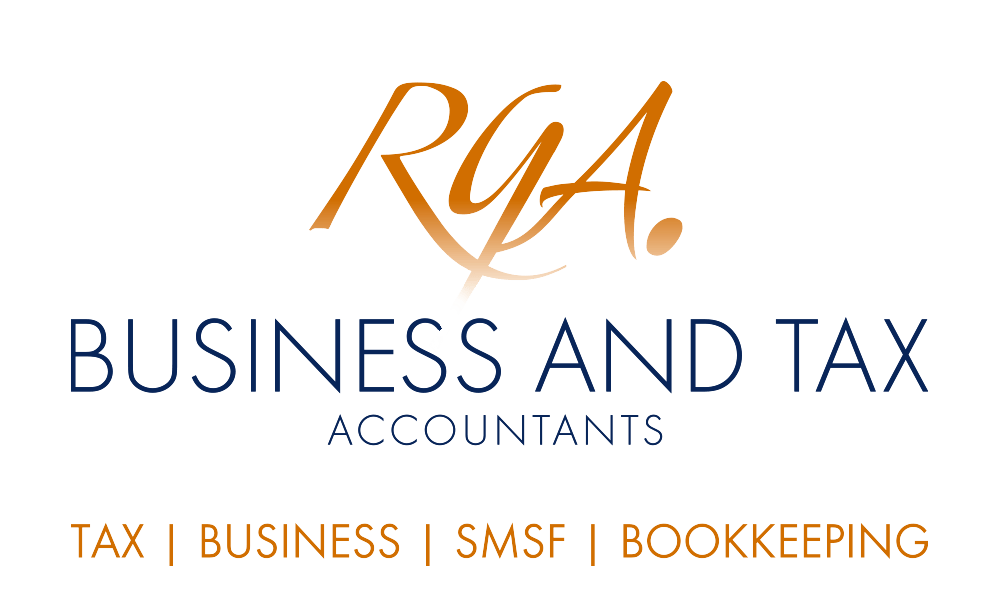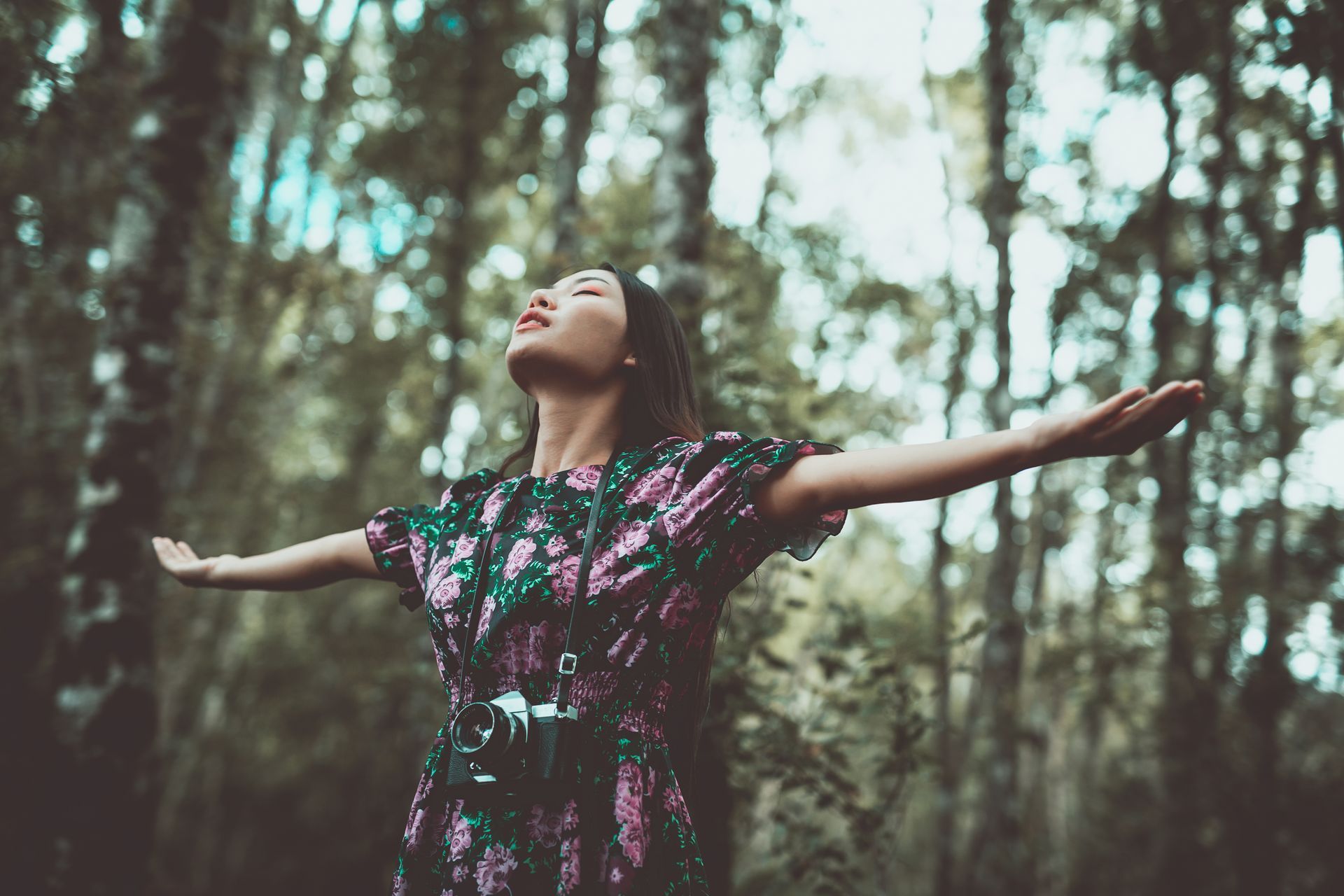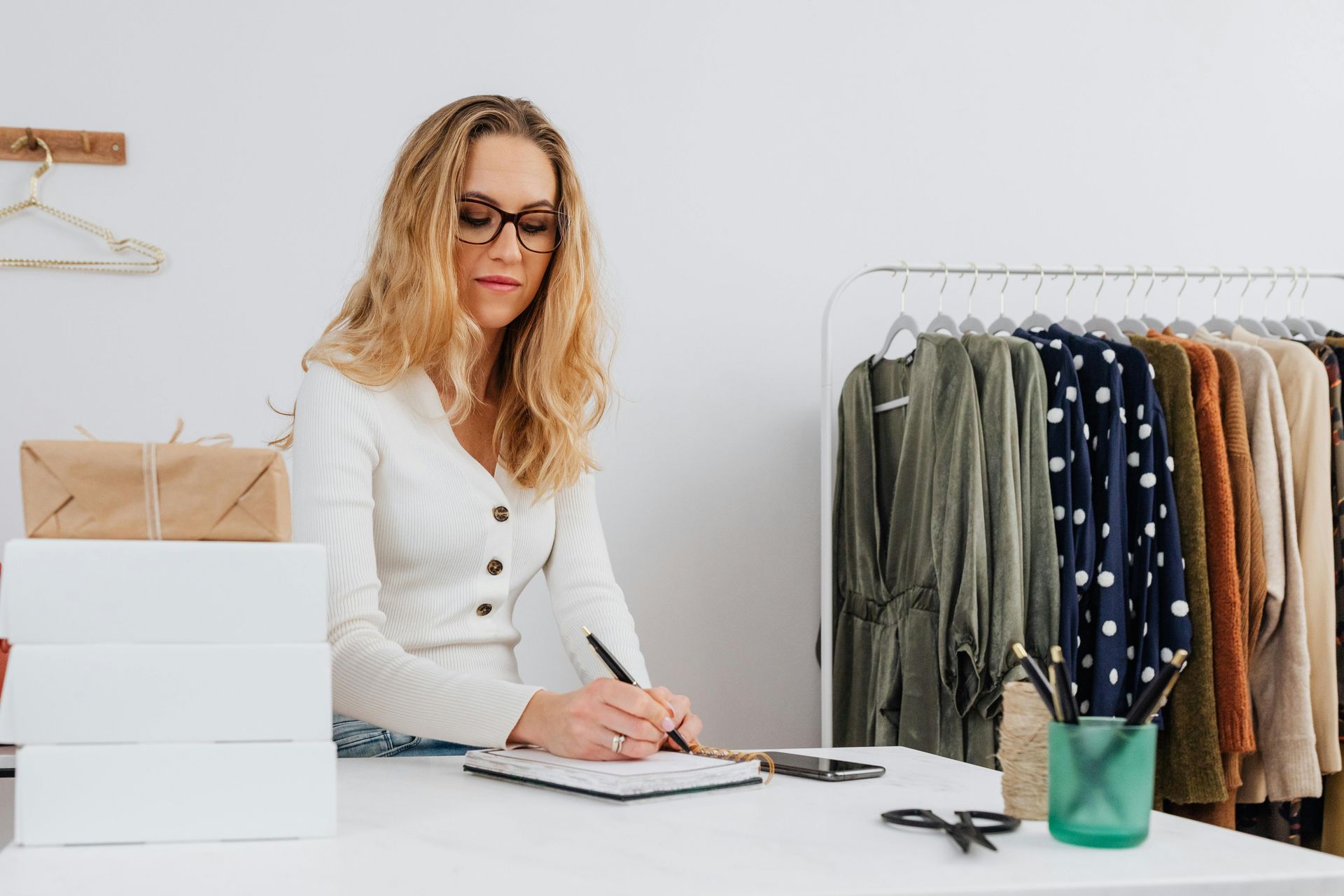Downsizer contribution measure eligibility has been extended

The downsizer contribution concession was introduced to allow older Australians selling an eligible dwelling to make additional contributions into their superannuation fund. Broadly, the downsizer contribution concession allows eligible individuals to make non-deductible contributions of up to $300,000 (or up to $600,000 per couple) from the sale of an eligible dwelling that was used as their main residence.
Not counted towards standard contribution caps
The downsizer contribution concession is an attractive option for eligible individuals to boost their superannuation entitlements, as it is not counted towards an individual's standard contribution caps.
Total superannuation balance restriction does not apply re Downsizer contribution
Also, the total superannuation balance restriction does not apply in respect of a downsizer contribution (so an eligible individual can make a downsizer contribution into their super fund, regardless of their total superannuation balance), and it is not included in the assessable income of the receiving fund.
Eligibility requirements
However, there are various eligibility requirements that need to be satisfied in order for a downsizer contribution to be made, and professional advice should be sought in this regard as required.
Importantly, as from 1 January 2023, the Government has broadened access to the downsizer contribution concession by reducing the minimum age requirement for accessing this concession from age 60 to age 55. This means that individuals aged 55 to 59 years who were not previously eligible to make downsizer contributions due to their age are now eligible to make downsizer contributions if they satisfy all the eligibility requirements.
Important considerations for younger clients looking to use the measure
With the eligibility age for downsizer contributions now age 55, the SMSF Association has highlighted some important considerations for younger clients looking to use the measure.
With Treasury Laws Amendment (2022 Measures No. 2) Bill 2022 receiving royal assent in mid December last year, the eligibility age for making downsizer contributions has now been reduced to age 55 as of 1 January this year. The eligibility age was previously 60. This means that eligible individuals aged 55 years and older can now choose to make a downsizer contribution into their super fund of up to $300,000 per person or $600,000 per couple, from the proceeds of selling their home. Speaking to SMSF Adviser, SMSF Association deputy chief executive Peter Burgess said while the downsizer contributions measure has been a popular measure so far, it remains to be seen what the take up will be among those under age 60.
Ms Burgess said its important that younger clients looking to use this measure are aware that there is only one opportunity to use it. “For some clients it may be best to wait until they have another opportunity to use it later in life,” he explained. Given that a downsizer contribution counts against an individual’s total super balance, Mr Burgess warned that making one of these contributions may impact a client’s ability to make contributions in the future. “So, the timing around when you make a downsizer contribution is very important,” he cautioned. Where a client is below the age of 65, Colonial First State senior technical manager Tim Sanderson previously warned that advisers and their clients also need to carefully consider the preservation age with these contributions.
“They won’t have access to the funds till after they meet a condition of release such as retirement which may not be until age 65,” Mr Sanderson said in a FirstTech podcast. “You need to be very careful when considering whether or not they may need access to the funds because they may not be able to for up to 10 years,” he cautioned. Advisers should also consider how much cash the client has to contribute to super and whether making a downsizer contribution is actually a viable strategy, he said. “For many people, utilising the bring-forward rule and contributing up to $330,000 may be sufficient and allows clients to save their once off ability to make a downsizer contribution for the future,” he explained. “On the other hand, if a couple has a lot of cash available, it may be advantageous to make a downsizer contribution in addition to a non-concessional contribution. This can be particularly tax effective for individuals who are still working and on a higher marginal tax rate.”
Other criteria
If you or your spouse are thinking of selling the family home to capture a premium, especially in regional areas, besides the age qualification, other criteria that must be satisfied in order to make a downsizer contribution to super include:
- the location of the home must be in Australia;
- the home must have been owned by your or your spouse for at least 10 years;
- the home must not be a caravan, houseboat, or other mobile home;
- the disposal must be exempt or partially exempt from CGT under the main residence exemption; and
- a previous downsizer contribution must not have been made from the sale of another home or from the part sale of the current home.
The downsizer contribution must be made within 90 days of receiving the proceeds of sale (ie from the date of settlement), and your super fund must be provided with the appropriate downsizer contribution form before or at the time of making the contribution.
Each individual is able to make the maximum contribution of $300,000, so for a couple, a total contribution of $600,000 can be made. However, the total contribution amount cannot be greater than the total proceeds from the sale of the home. In instances where a home is owned only by one spouse and is sold, the spouse that did not have ownership is also able to make a downsizer contribution or have one made on their behalf, provided all other requirements are met.
Example
Trevor and Ian are a couple in their late 60s who have lived in their home for 20 years and have decided to downsize. Only Trevor’s name is on the title deed of the home. They meet all the other requirements for the downsizer contribution and sell their home for $500,000. In this scenario, the maximum contribution Trevor and Ian can both make is $500,000. It does not matter that only Trevor’s name is on the title deed. They also have the choice of either splitting the amount (ie $250,000 in each super account) or using another combination (eg $300,000 for Trevor and $200,000 for Ian).
Need help planning?
If you are thinking of selling your home, we can refer you to our independent financial planner to help you work out whether you are eligible to make the downsizer contribution and boost your super for retirement and can also help you and your spouse work out the best split for the contribution, taking into account transfer balance caps. Contact us today.
IMPORTANT: This communication is factual only and does not constitute financial advice. Please consult a licensed financial planner for advice tailored to your financial circumstances. Please also note that many of the comments in this publication are general in nature and anyone intending to apply the information to practical circumstances should seek professional advice to independently verify their interpretation and the information’s applicability to their particular circumstances. Should you have any further questions, please email us at RGA Business and Tax Accountants at reception@rgaaccounting.com.au . All rights reserved. Brought to you by RGA Business and Tax Accountants. Liability Limited by a scheme approved under Professional Standards Legislation.









